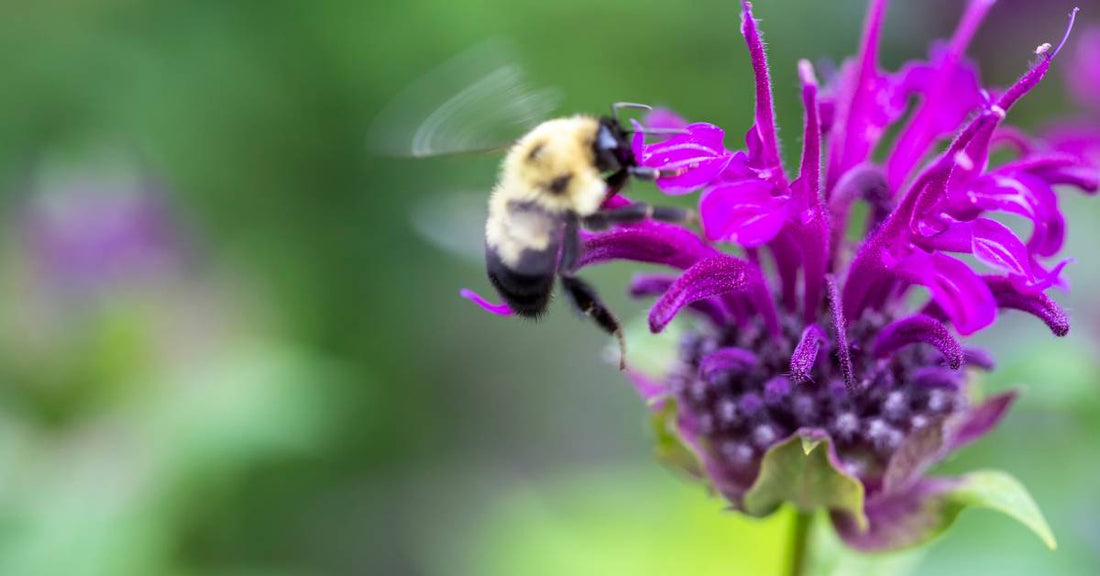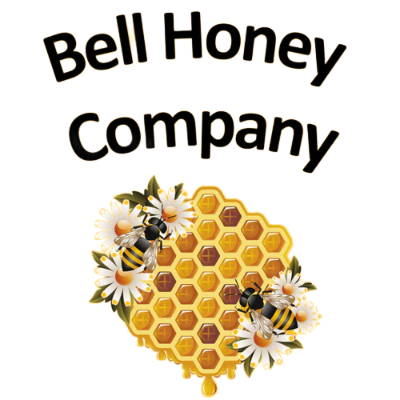
8 Pollinator Plants That Look Amazing and Help Bees
Share
Pollination keeps the world alive. Without the bees doing double duty, collecting nectar and bringing pollen from flower to flower, we’d all be in deep trouble. Pollination directly influences food production, plant diversity, and raw materials. However, currently pollinator populations—which include wasps, birds, moths, butterflies, flies, and even some mammals—are in decline due to habitat loss, pesticides, and climate change. Without these diligent workers transferring pollen and genetic material from flower to flower, the system breaks down.
A bleak thought, but there’s always hope. And you can help sustain that hope by cultivating pollinator-friendly plants in your garden and across your landscaping. These plants are beautiful and effective, so it’s a win-win for you and the forces of Nature. Discover eight pollinator plants that look amazing and help bees and other pollinators below. Create a pollinator haven by growing a garden bursting with color and life!
Why Pollinator Plants Are Essential
Pollinator plants are the foundation of a healthy ecosystem. They attract bees by the dozens, aiding them in their pollinating jobs. As you likely learned in school, when bees enter a flower to retrieve the nectar, they pick up pollen on the soft fuzz surrounding their legs and bodies. This fuzz transports pollen from flower to flower, ensuring a more diverse and richer spread of genetic material. Fertilized flowers produce fruit and seeds, which are indispensable for countless food crops and flowering plants. As you may have also heard, bee and other pollinator populations are shrinking. Therefore, creating a space where pollinators can survive and thrive falls upon us. Planting pollinator plants is the way to go!
It’s not just about being nice to bees. Planting pollinator-friendly plants also benefits you because more pollinators in your garden often mean better fruit and vegetable crop yields and healthier plants overall. Furthermore, the biodiversity these plants engender creates a vibrant, colorful garden that’s literally buzzing with life. What’s more, healthy bees produce raw wildflower honey. It’s a delicious and sustainable endeavor gardeners can support by setting up hives near your garden.

Top Pollinator Plants for Your Garden
Here are the eight pollinator plants that look amazing and help bees. Plot and plan a garden that uses these to maximum effect!
Lavender
Lavender is the perfect blend of utility and beauty. Its iconic purple blooms attract various types of bees, including honeybees and bumblebees. Lavender thrives in sunny spots with well-draining soil, and you can harvest its fragrant flowers for essential oils or dried bouquets. Add lavender to your backyard to aid the bees and other pollinators and bring a lovely look and scent to your property.
Coneflowers
Coneflowers, or echinacea, are an excellent addition to any garden. These flowers have a daisy-like appearance and vibrant purple to orange colors. They do well during droughts and remain hale and hearty under most weather conditions. They offer nectar-rich blooms that draw butterflies and bees for added loveliness. Save the hassle of replanting—as these perennials return year after year!
Bee Balm
Bee balm is the bomb! Its vibrant red, purple, or pink blossoms attract scores of bees. Bee balm offers pollinators lots of nectar while providing height to flower beds. Bee balm worships the sun and pairs well with other garden perennials, presenting a beautiful appearance.
Sunflowers
Sunflowers are long-time favorites among pollinators, and they grow fast, tall, and strong. Single-flower varieties deliver the classic big blooms that deliver plenty of pollen and nectar. They also offer the added snack benefits of sunflower seeds to local wildlife or yourself if you harvest them quickly!
More Stunning Pollinator Plants To Consider
While the above are all excellent choices, here are a few more to diversify your garden and keep the pollinators coming:
- Milkweed: A critical host plant for monarch butterflies and popular among bees.
- Goldenrod: Its bright yellow flowers are a beacon for late-season pollinators.
- Salvia (Sage): This hardy plant blooms in rich blues and purples, just perfect for bees.
- Zinnias: Add color and versatility to borders and beds while keeping pollinators happy.
Those are just eight pollinator plants that look amazing and help bees, but there are even more out there to choose from. Read up on pollinating plants and discover a wealth of grace and beauty to bring to your garden.

Creating a Pollinator-Friendly Garden
So, now that you know the most pollinator-friendly flowers, what happens next? Here are a few basic steps to establish your pollinator haven.
Step 1: Choose Native Plants
While exotic blooms have their charms, native plants are likelier to bring all the bees to the yard. Regional plants have achieved codependence with bees, butterflies, and other pollinating critters, presenting the nectar they crave and the pollen local plants recognize and react to. We highly recommend visiting your local library or garden center to learn more about the native plants in your area. Research and ask experts about these plants and give them precedence when it comes to planning your garden.
Step 2: Plan for Continuous Blooming
Ensure a steady supply of nectar and pollen by selecting plants that bloom at different times of the year. Pair spring-blooming flowers, such as crocuses, with mid-summer wonders, such as lavender, and late-season bloomers, such as goldenrod.
Step 3: Skip the Pesticides
We know…bugs, worms, and other plant-eating pests ruin a garden. However, pesticides cause even more widespread havoc in the local ecosystem. Use natural pest-control methods—ask about them at your local garden center or explore organic farming and gardening sites online. Companion planting strategies are very effective. Nasturtiums and beds of herbs repel many pests, while planting carrots and similar vegetables brings ladybugs and other beneficial insects that eat pesty ones.
Step 4: Provide Shelter
Pollinators don’t live by nectar alone. Provide shelters for them to rest. For example, patches of bare soil attract ground-nesting bees. Undisturbed vegetation is also great for bee sheltering. Bee houses and “hotels” provide shelter against the elements and a place to sit and recuperate.
Next time you enjoy a jar of raw wildflower honey, think about the flowers and hard-working pollinators that made it possible! Adding pollinator-friendly plants to your garden will enhance an important link in this natural cycle. Work with local bees and other pollinators to make a global difference.
